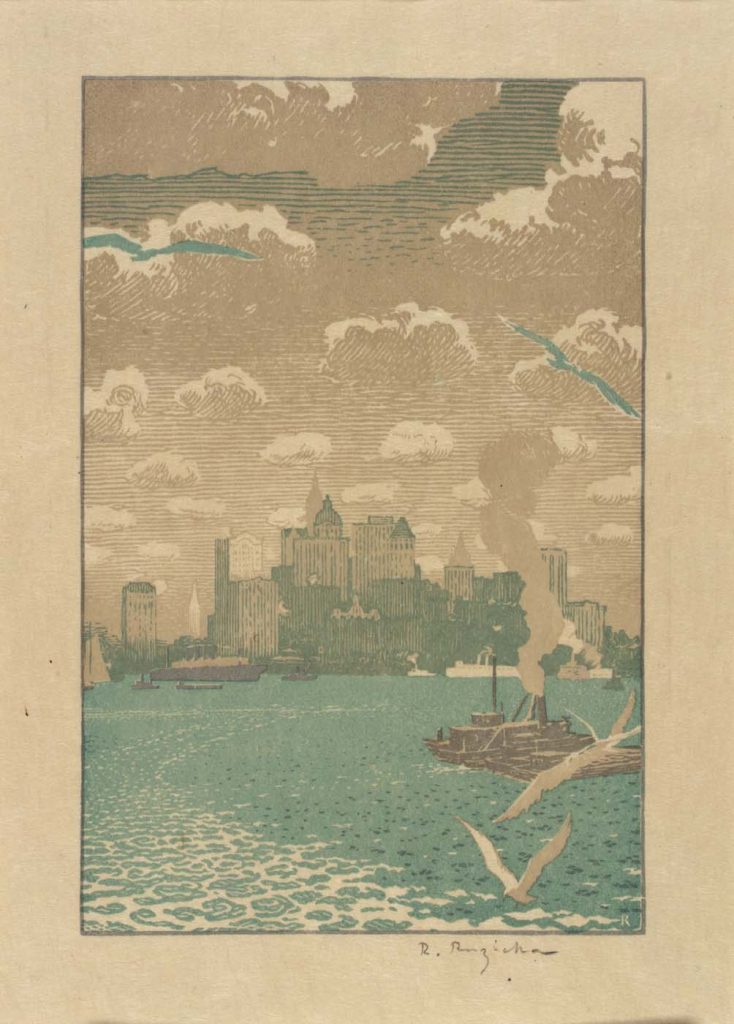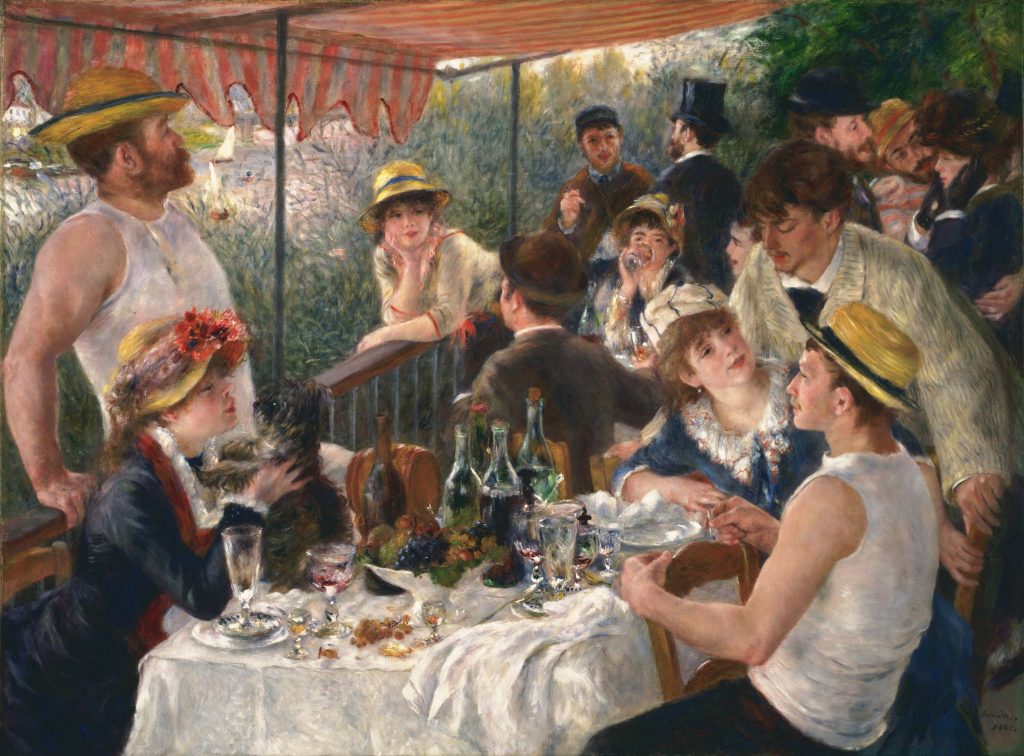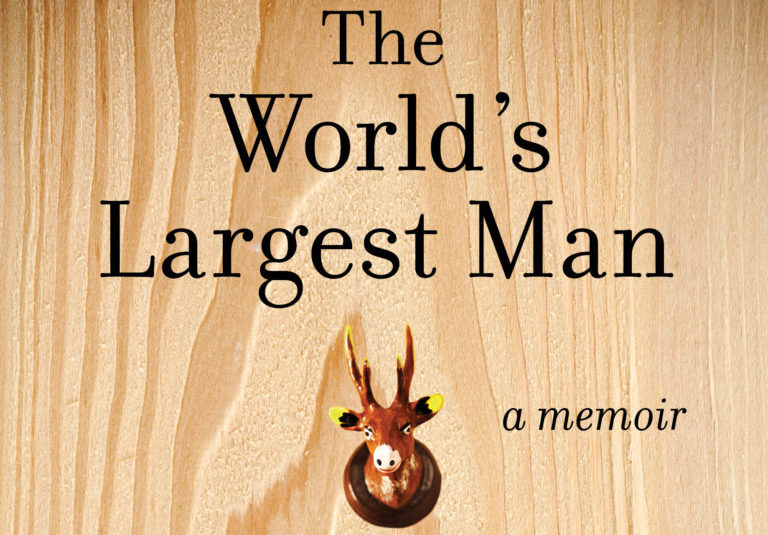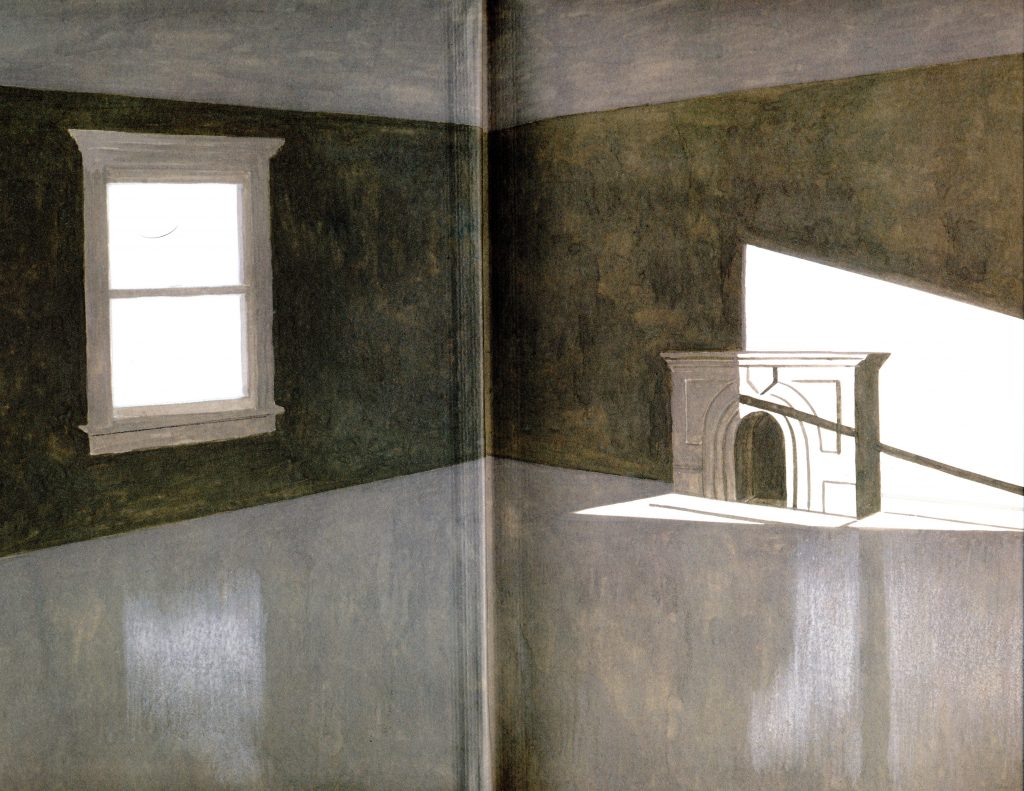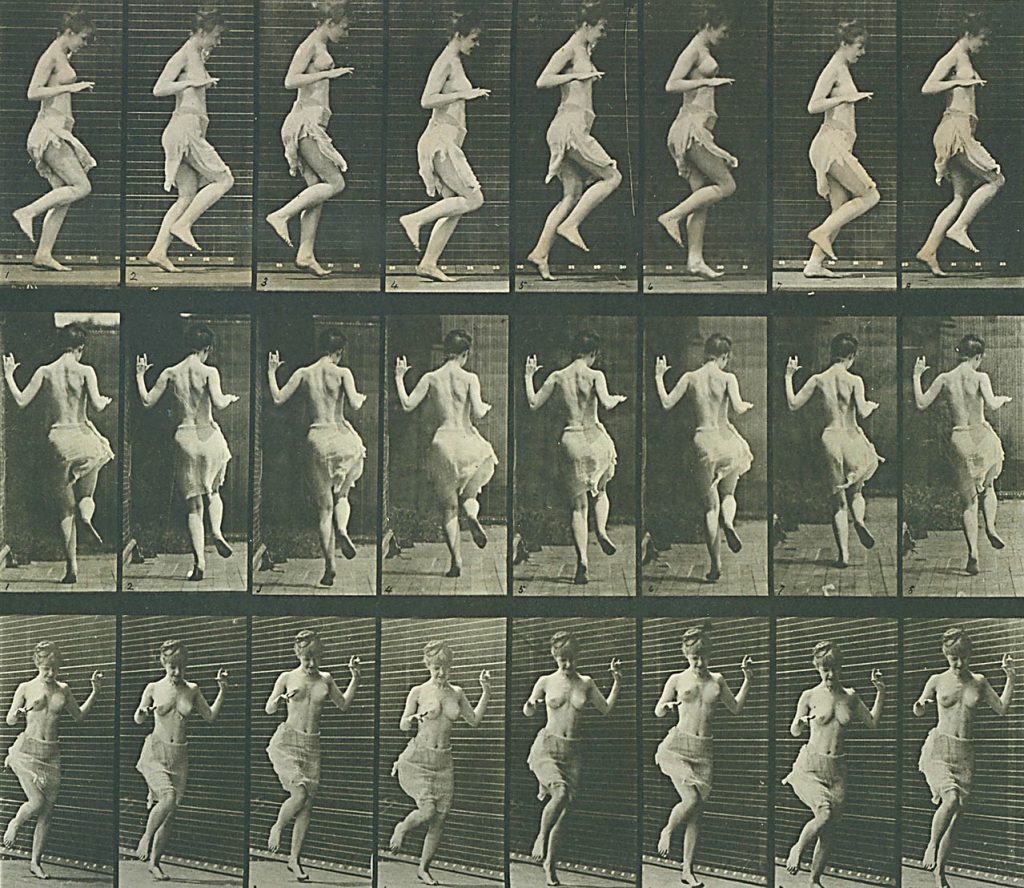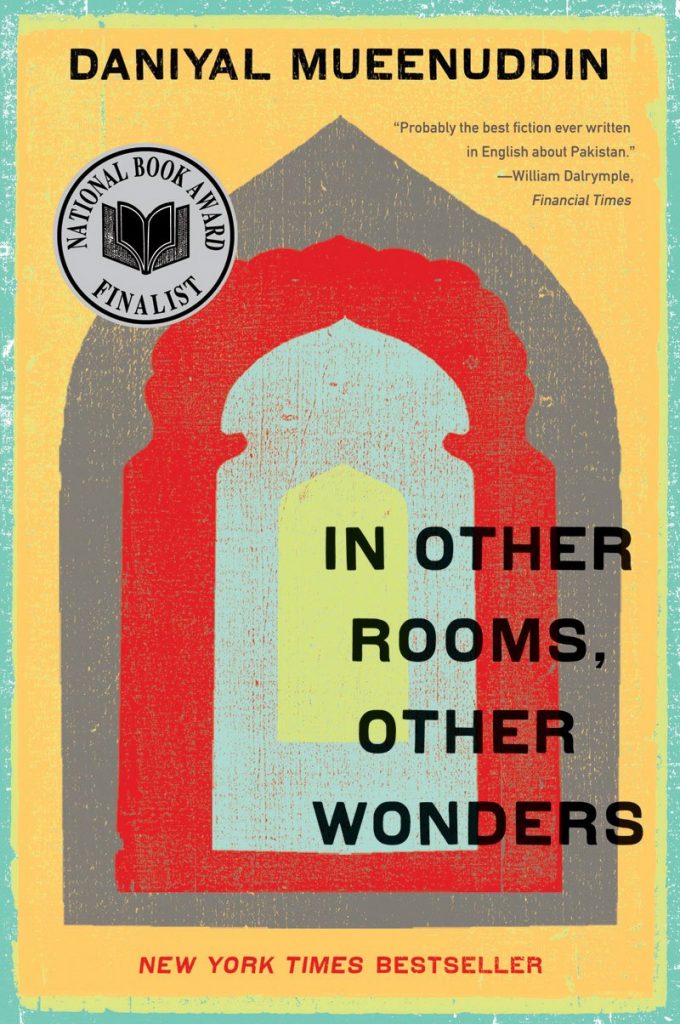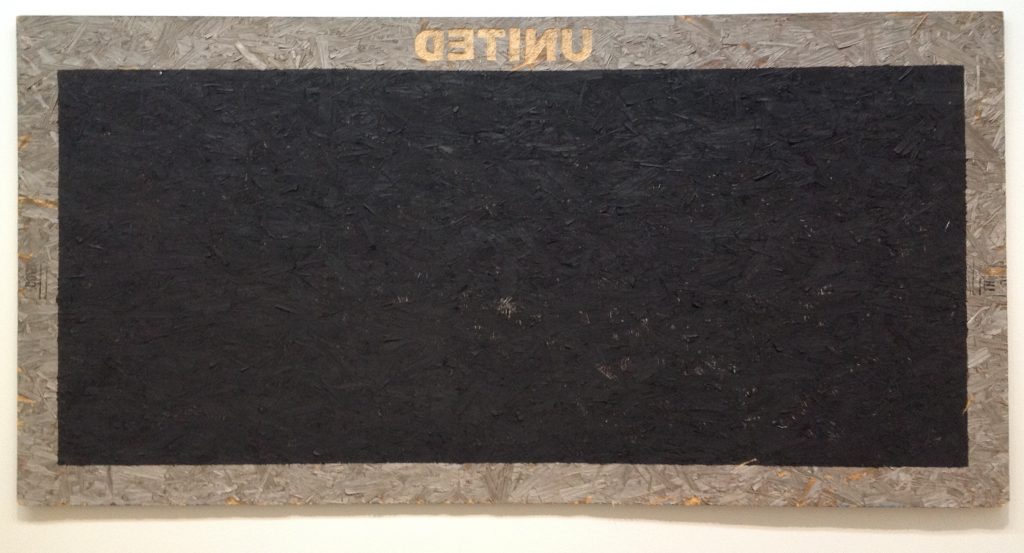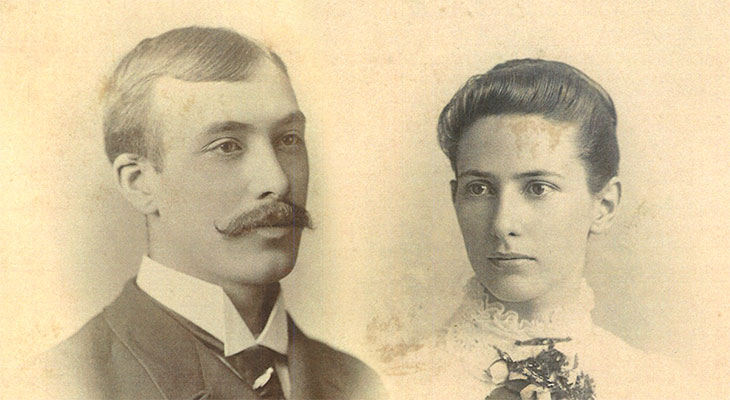Getting Back to All That
For Didion, New York got old at twenty-eight, eight years after arriving. Not quite so young anymore, she discovered that ‘not all the promises would be kept, that some things are in fact irrevocable and that it had counted after all.’ Back in her home state of California, she writes of how she had felt to be ‘on some indefinitely extended leave,’ never really ‘living a real life’ in New York. Maybe it’s simply that I don’t feel myself to be living a ‘real life’ anywhere, that I haven’t managed to live in one place for more than eight months let alone eight years. But I’m thirty-one, and ecstatic to be back in New York, despite the long time knowledge that my mistakes here always have counted.
Getting Back to All That Read More »

